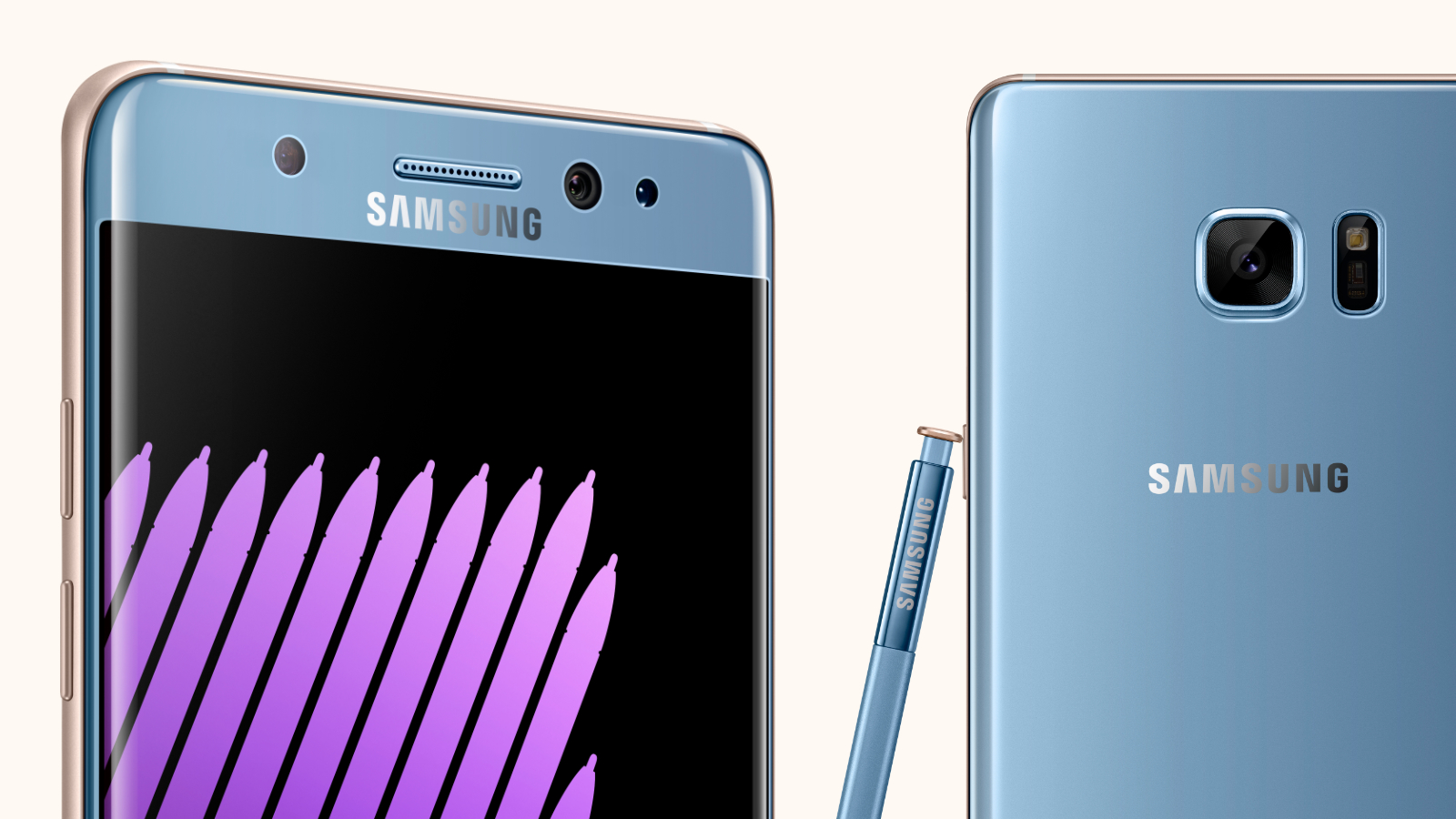How Samsung plans to reuse and recycle the Galaxy Note 7
Your Note will live on

At the start of the Samsung Galaxy S8 launch week, Samsung has announced a eco-friendly plan to recycle components from the recalled Samsung Galaxy Note 7.
Addressing the worry that each of the millions would stack in a landfill, Samsung has a three-pronged plan to reduce waste and reuse components that weren’t affected by the Note 7’s explosive tendencies.
Interestingly, the company has confirmed that we may see the Note 7 come back to store shelves in refurbished form, which is news that I’m sure many people would love to hear about.
As we reported back in late February, it’s hard to say if these phones will be called the “Note 7” or something else entirely, but the battery capacity is rumored to be scaled down from 3,500mAh to around 3,000mAh.
Before you go running to your local retailer, it’s worth knowing that Samsung is in the process of consulting with carriers and authorities to test the waters. As you may remember, the Note 7 was illegal to possess on an airplane in the US, so Samsung clearly has a lot of massaging to do on the brand image front.
Reuse, recycle
Lastly, Samsung stated that any component that is salvageable from the phones will be reused and that metal extraction will be performed in an environmentally-friendly manner.
Unlike Apple, which deconstructs each component of its phones with the Liam robots, Samsung is offloading the Note 7’s dissection to specialized companies. These parts are likely to be sold to the highest bidder, if not reused by Samsung in future phones.
Materials such as copper, nickel, gold and silver will be mined from recalled devices to be used once again in the future. Perhaps for the Samsung Galaxy Note 8?
Get daily insight, inspiration and deals in your inbox
Sign up for breaking news, reviews, opinion, top tech deals, and more.
Cameron is a writer at The Verge, focused on reviews, deals coverage, and news. He wrote for magazines and websites such as The Verge, TechRadar, Practical Photoshop, Polygon, Eater and Al Bawaba.
